Bald Eagle Redux
by: Sherri Leigh Smith
Raptors have always held a special fascination for me with the Bald Eagle, our national symbol, at the top of the list. Coming of age as a birder in the 1960s, this species was almost mythical in most of our region due to the ravages of the “harmless” DDT chemical suite. However, In my opinion this species is probably now more common in the Northeast than any time since the American Civil War.
Fortunately, public attitudes toward raptors have changed dramatically over the last century. Increased public awareness of the critical role top predators play in ecological systems has helped change bad human behavior directed at eagles, hawks and owls. Thus, with DDT banned and mortality from humans reduced, Bald Eagle populations are soaring.
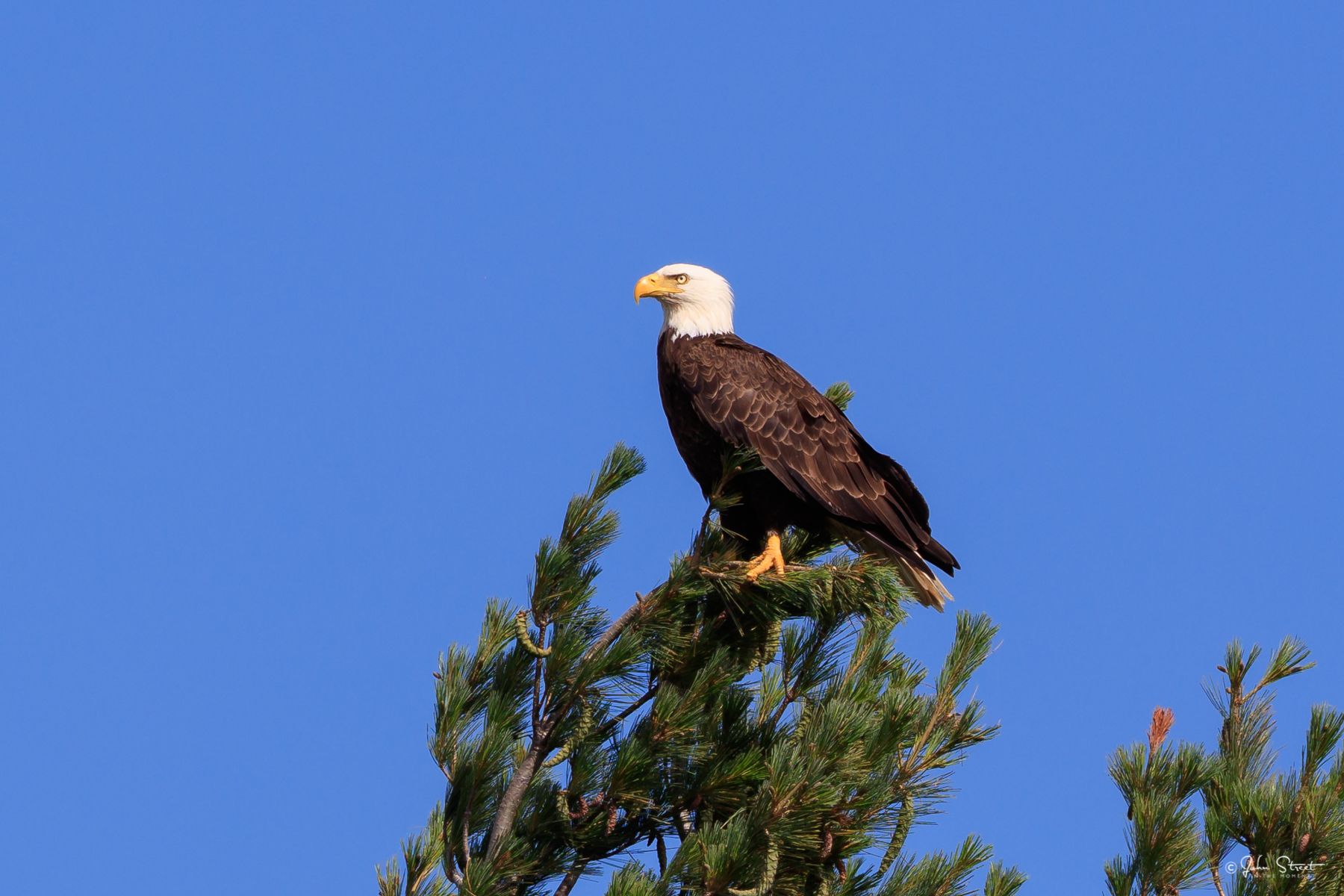
Status 2019
Already in the spring of 2019 more than 150 have passed the Derby Hill Bird Observatory (DHBO) in barely a month of monitoring. Since birds from the Florida-based southern population make up the majority of this species passing DHBO each spring, more than 1000 are likely to be seen for this, the third year in a row.
Contrast that number to a total count of 6 for the entire spring of 1980, and the magnitude of this recovery becomes apparent. That said, populations in the northeast are still depressed compared to many other parts of North America east of the Great Plains. If one is impressed by current DHBO seasonal totals just contemplate the tally of 1200-plus migrants seen in a single day this late March near Superior Wisconsin. It boggles the mind and suggests our local populations will continue to grow.
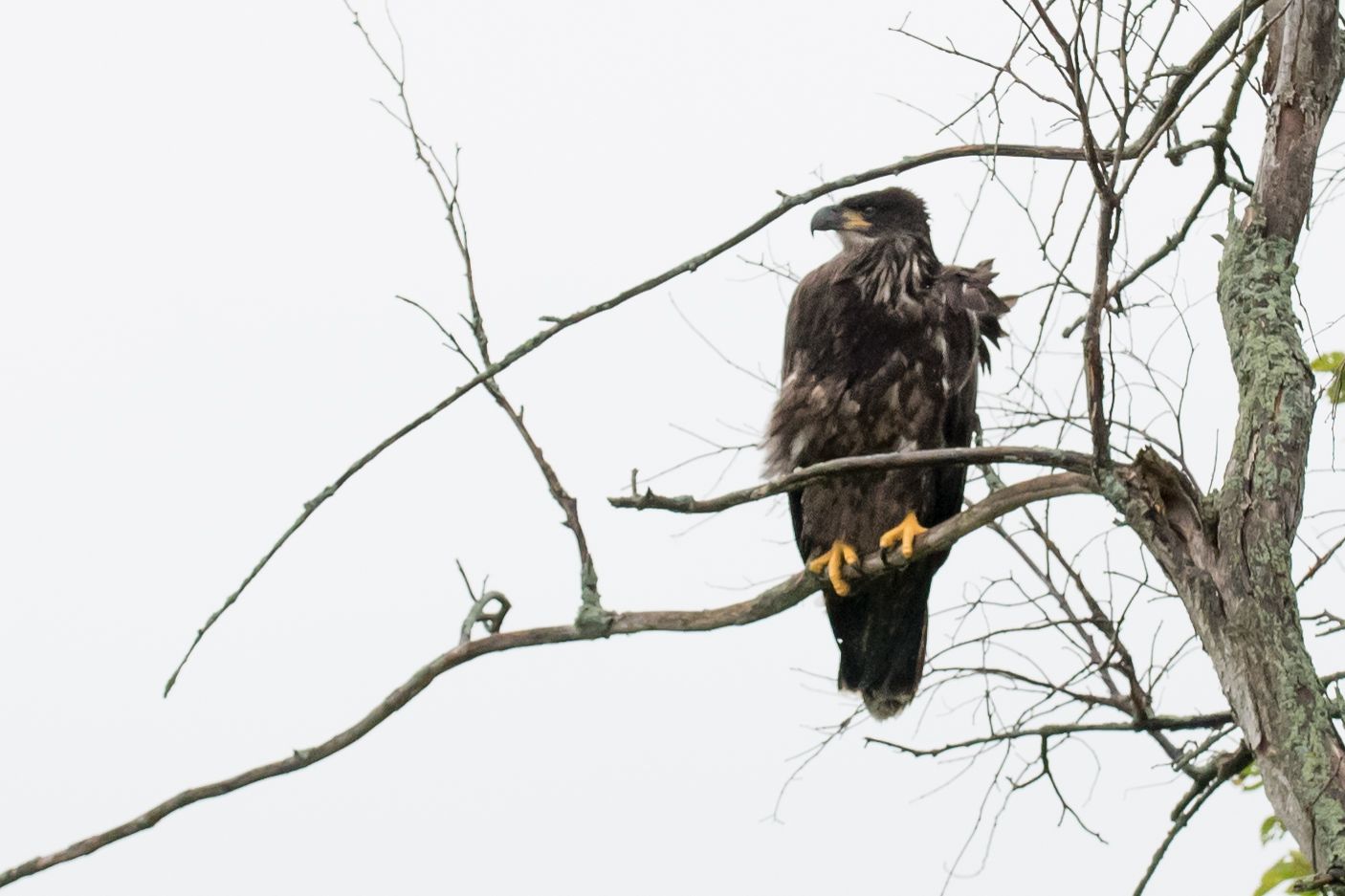
Volunteer Study and Monitoring Programs
This remarkable recovery provides an opportunity for ornithologists and citizen science birders alike. Bald Eagles and Osprey have been extensively monitored and recorded during the last four decades of the twentieth century. However, these study efforts have declined in the last two decades. Why? Both species are doing well and are no longer endangered, thus government agencies have less interest and are putting their resources elsewhere. This makes sense with many declining species needing more attention. Unfortunately, it also misses a tremendous opportunity to define what are truly natural population conditions for these Apex predators.
Continued monitoring would help define the ecology of regional populations and identify critical habitat important for their long-term survival. In particular nest sites, communal roosts for eagles, and important feeding areas need to be identified and recorded. Such information is essential to long term regional conservation of these species. Protecting, monitoring and developing regional management options is an appropriate role for local conservation organizations to aid understaffed state and federal agencies. While these species are doing well now, we humans should not be complacent as we enjoy their enhanced presence in our lives.
Thousand Islands Region
As mentioned earlier, the Florida Bald Eagle population provides many of the individuals present in the Thousand Islands region between May and October. Climate change, habitat alteration and human development pressure are potential serious threats to that Bald Eagle group. How well they will adapt remains to be seen, but significant change in that population will have impacts on us.
Other than our small, but hopefully growing, local nesting population, there are the two other Bald Eagle populations that occur in the Thousand Islands region. Unless directly associated with a nest, observers should assume any Bald Eagle seen is from one of these two populations.
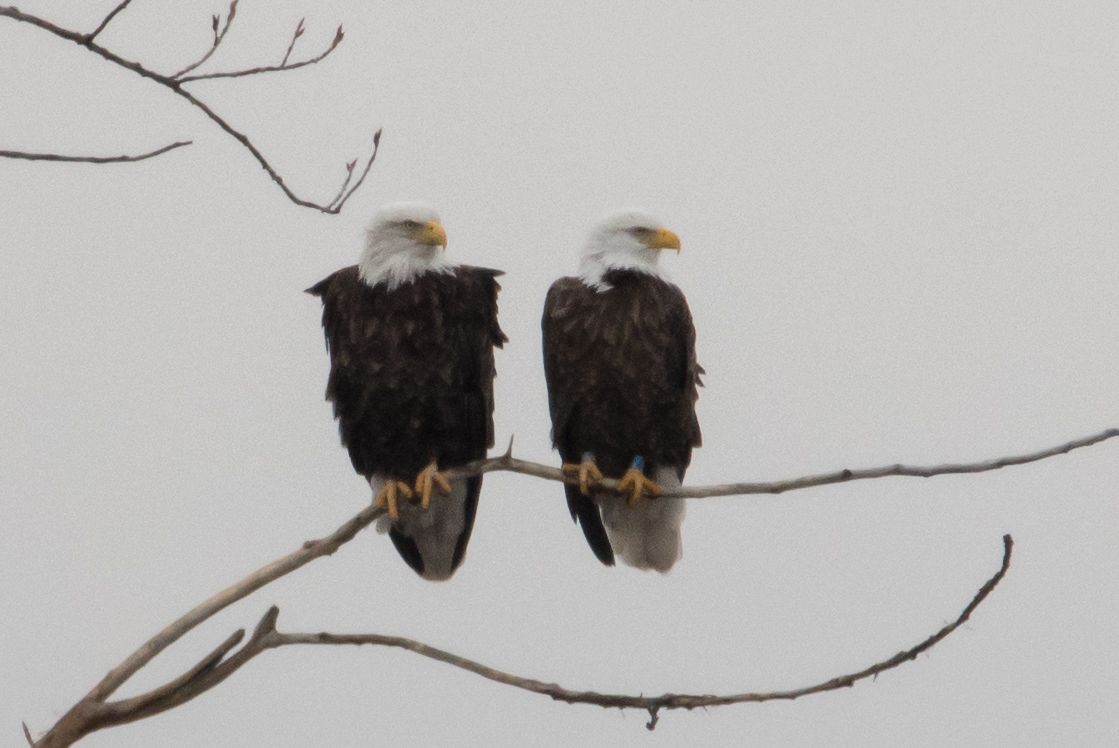
As previously noted from late spring to early fall Bald Eagles seen locally generally originate from the population breeding between South Carolina and East Texas. The greatest numbers of these birds occur in Florida. Southern Bald Eagles nest during the tropical dry season between October and April. Beginning in late April some birds, ranging in age from a few months old to mature adults, head north.
These birds summer as far north as the edge of the tundra before returning south from August through October. This emigration probably reduces competition for food resources and impacts on the species that might result from disease outbreaks occurring in the tropical heat. As most human snowbirds from our region will testify - no intelligent creature lacking air conditioning wants to spend the summer in Florida.
The other Bald Eagle population providing significant numbers to our region is the northern group ranging through the forests of Canada and Alaska. Birds from at least as far west as the Prairies begin arriving in our region in Late October. These are the birds that winter near open water pools in rivers and lakes as well as out on Lake Ontario. They may occur far from unfrozen water at sites with dead deer or discarded livestock carcasses.
While numbers present and concentrations observed vary annually depending on the severity of winter weather, this population continues to grow dramatically. The remoteness of parts of their breeding range mitigated the impacts of DDT. Unlike New York breeders, a total population crash was avoided. In some areas this resurgence has been spectacular.
A winter communal roost has developed near the south end of Onondaga Lake, partially within the boundaries of the city of Syracuse NY. This roost hosted at least 85 birds in February, many of whom were regularly observed from the top of the parking garage at the nearby shopping mall. Amazing!

E-Bird (Yes, there is an App for that!)
When I think of leading eagle searching expeditions 25-35 years ago that scoured the St. Lawrence from Clayton to Ogdensburg and usually finding 0-4 eagles in a day, I shake my head. I am sure similar expeditions now would locate dozens if conducted in prime winter weather.
So, we who are now enjoying this plethora of Eagles and Ospreys need to document matters for posterity. Take the time to investigate E- bird – which offers birders a way to contribute their daily observations. It is my hope that more organized efforts can be developed through the seasons along the lines of the annual summer loon census. Let’s hope that systematic data gathering on important habitats in our region can be developed. I have no doubt such information will greatly contribute to assuring Bald Eagle and Osprey remain critical members of Thousand Islands natural communities for at least seven human generations to come.
By Sherri Leigh Smith
Sherri Leigh Smith is a senior Ornithologist, Avian Ecologist and Conservationist working to preserve bird populations in Northern New York.
Editor’s Note: This editor is both pleased and appreciative to Sherri Leigh Smith for taking the time to help us understand more about nature in the islands. You can read her past articles here. Already I am getting better at looking at the sky and those flying by.
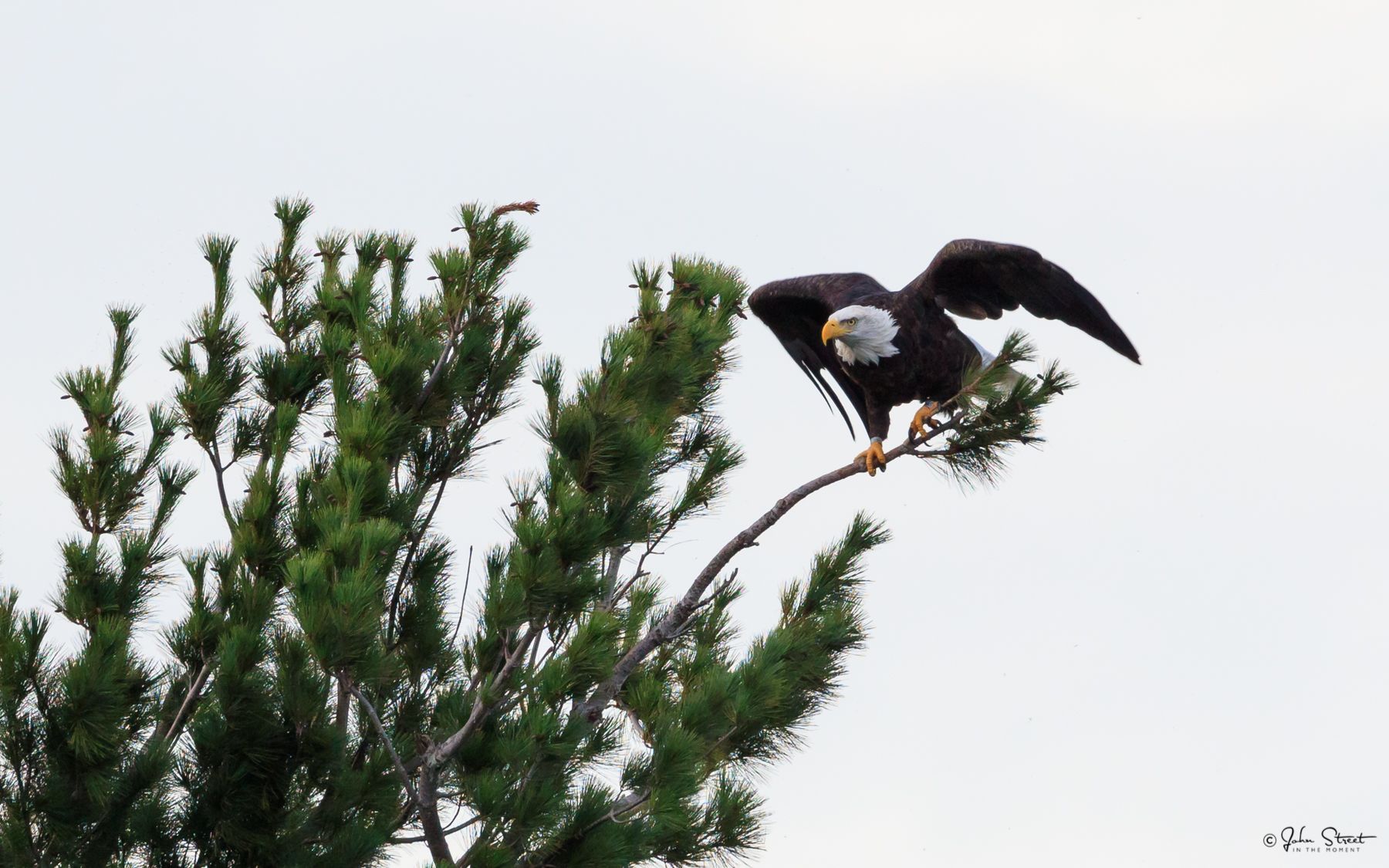

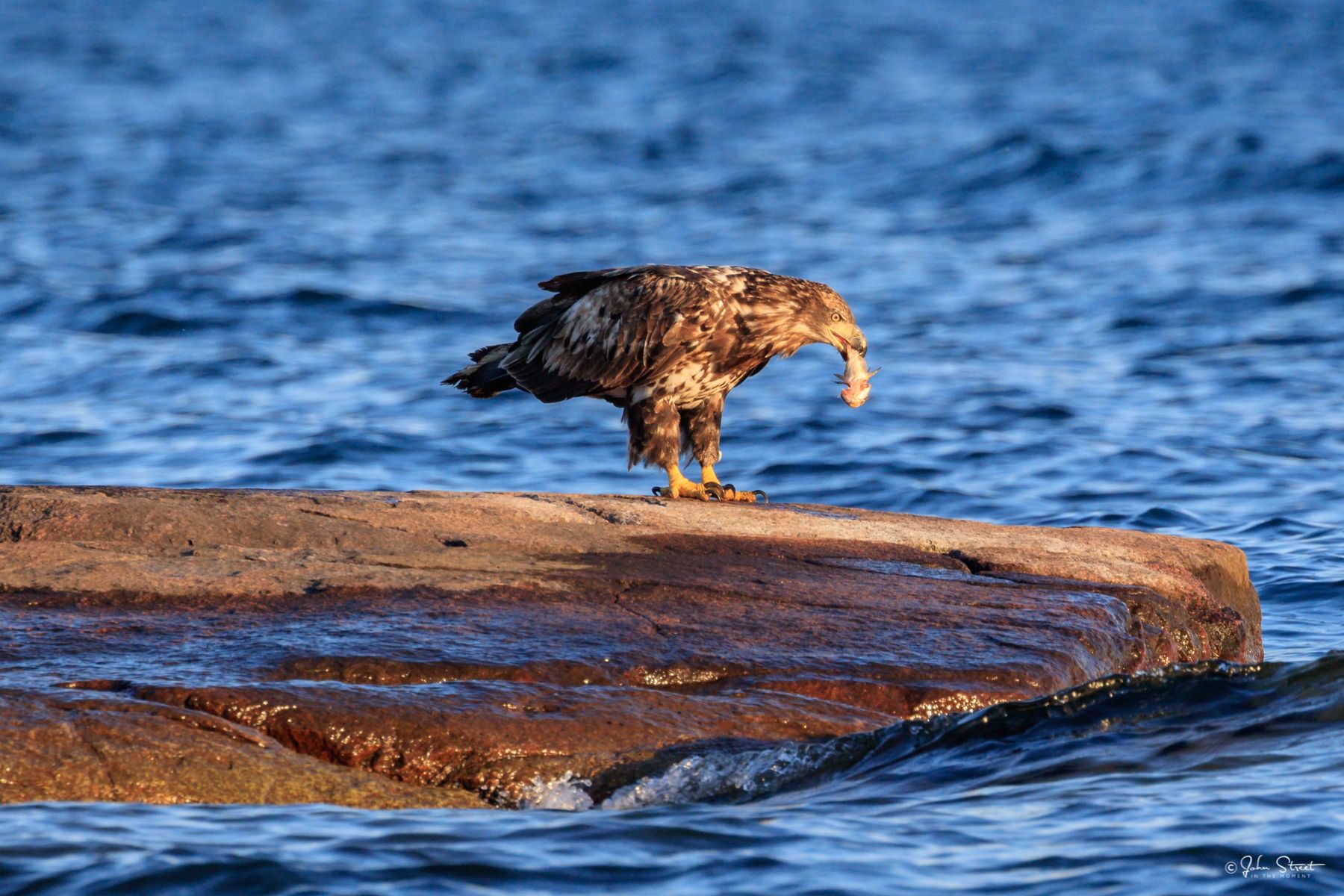
Photographs by John Street. John is a videographer living in Southern California. He spent almost every summer on a Canadian island growing up and now returns several times in the year so his family can do the same.


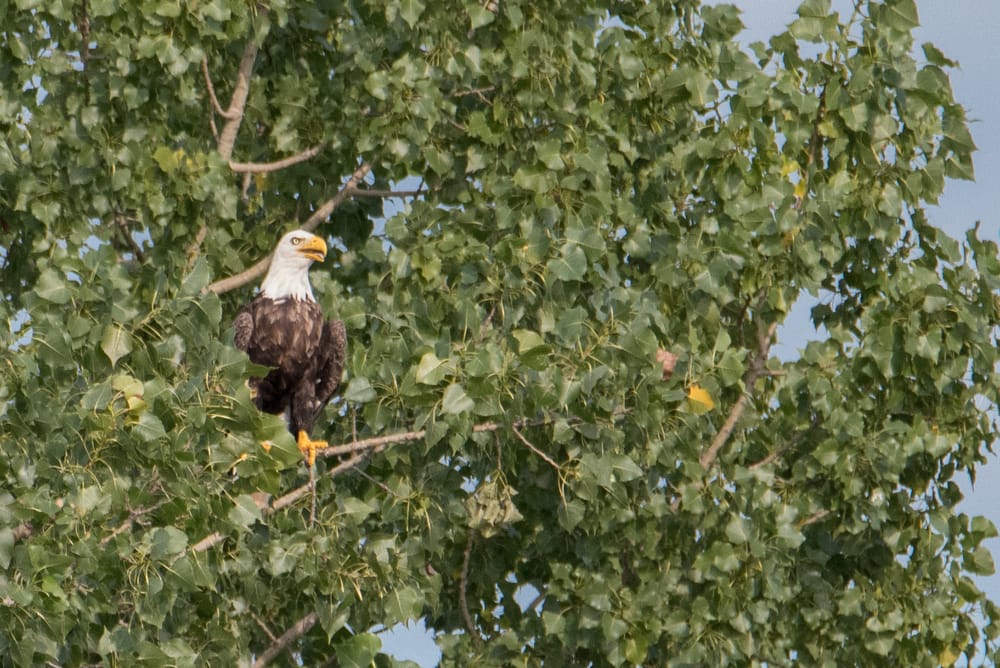
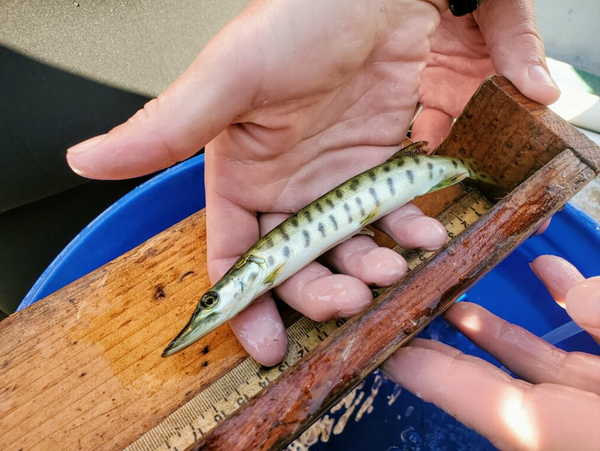
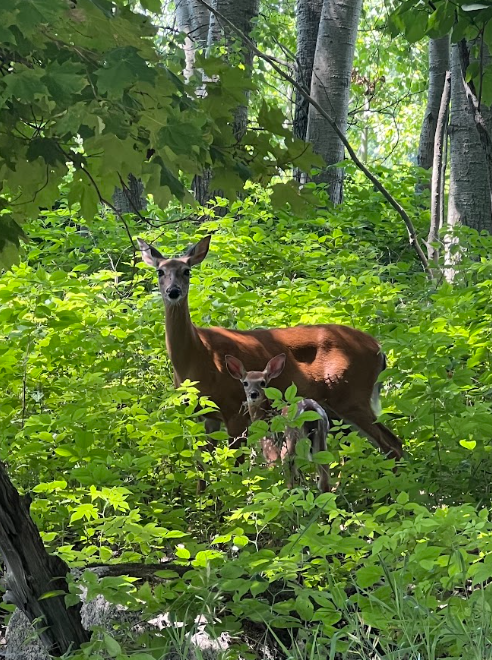
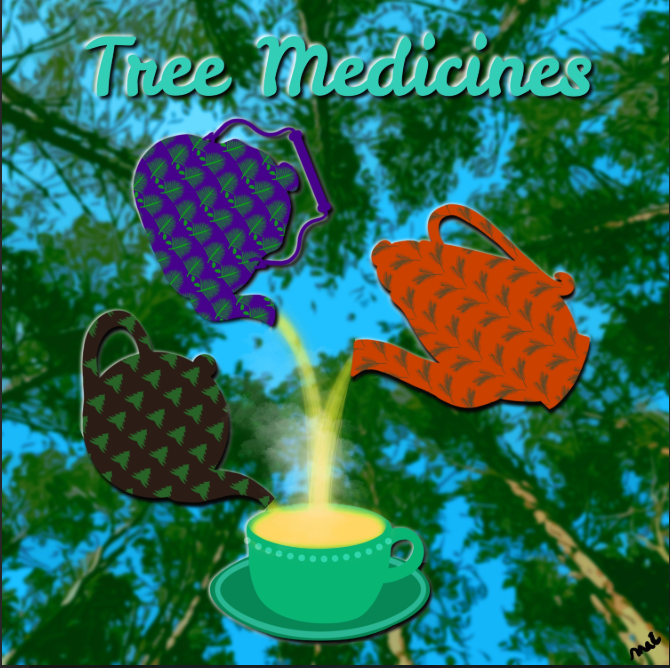
Please click here if you are unable to post your comment.